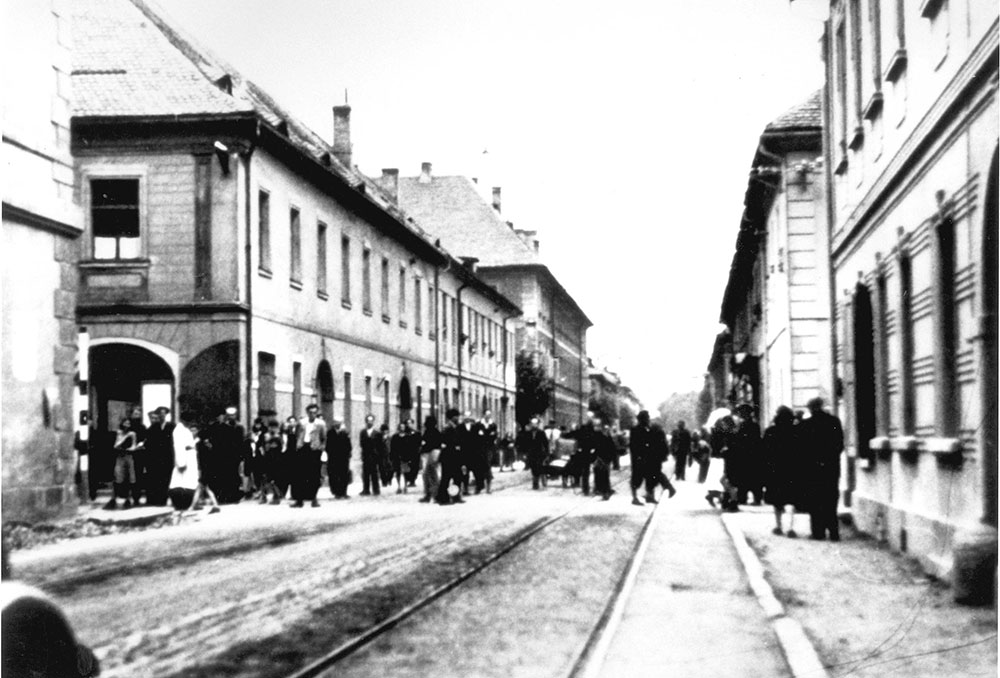Studying Arabic in Theresienstadt
Dr. Mojzis Woskin-Nahartabi was born on 16 December 1884 in Russia. He was a Zionist, who had visited Eretz Israel. On 10 February 1923, he established a Hebrew school in Leipzig. Nahartabi was a professor of Semitic languages – Sumarian, Hebrew and Arabic – in the Halle University in Germany. When Hitler rose to power, Nahartabi moved to Prague and worked there as a Hebrew language expert. He was sent from Prague to Theresienstadt on 13 July 1943, together with his wife and daughter. The Theresienstadt ghetto in Czechoslovakia was established in November 1941. Incarcerated there were Czech Jews, elderly Jews, Jews with privileges from throughout the German Reich, and several thousand Dutch and Danish Jews.
In Theresienstadt, Dr. Nahartabi headed a Hebrew teaching course, and gave lectures in Hebrew on Eretz Israel, the development of the Hebrew language, and on the modern Hebrew language. Despite the harsh physical conditions and the lack of teaching equipment, the Jews managed to maintain an educational framework in the ghetto that included studies, social work, and Jewish education. Documents were found showing that Dr. Nahartabi also taught literary Arabic. Arabic was taught in the ghetto by translating words from Hebrew to Arabic and vice versa. Some of the words described the harsh reality of their lives, such as “suffering”, “poverty”, “laborer” and “fear”. They also learned positive words, such as “beauty”, “useful”, “wonderful”. To practice their Arabic, the students translated whole chapters of the Bible, such as the first chapter of Genesis, and the story of Jephte’s vow (Judges, caps 11-12). It is possible that Arabic was studied there as the ghetto inmates believed that they would eventually reach Eretz Israel, which had a large Arab population.
Dr. Nahartabi was deported to Auschwitz on 19 October 1944, and murdered on the next day – 20 October.














